John Garstang’s excavations at Jericho in the 1930s were a pivotal moment in archaeological exploration, shedding light on the city’s ancient history and sparking scholarly discussions that continue to this day. Let’s delve into the key details of Garstang’s excavations and their significance.
John Garstang
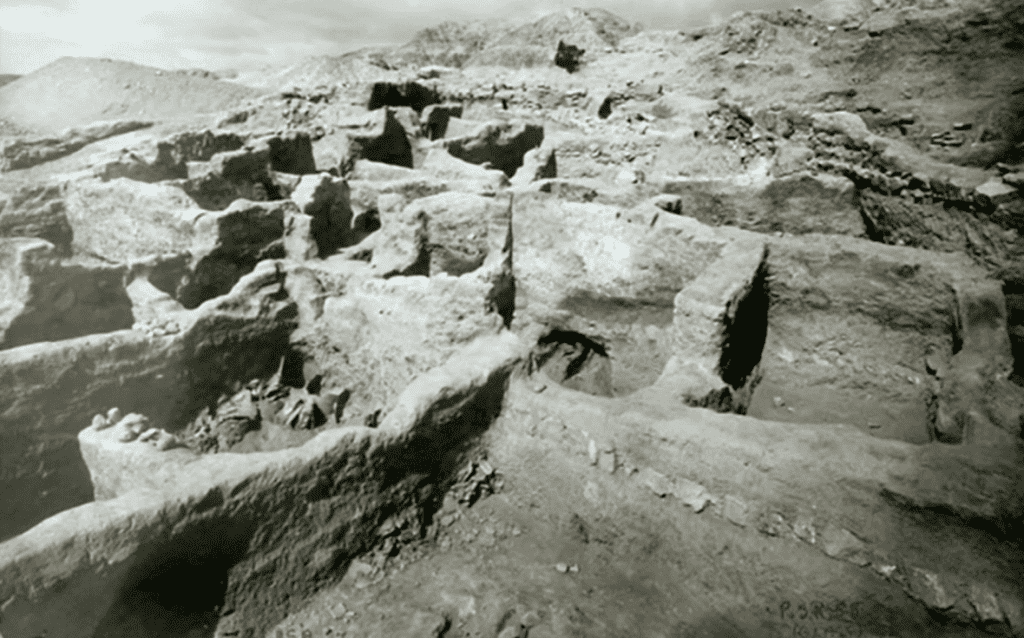
Background and Goals:
A British archaeologist, John Garstang, led a series of excavations at Jericho between 1930 and 1936. His primary goal was to uncover evidence related to the biblical account of the conquest of Jericho by the Israelites, as described in the Book of Joshua. Garstang aimed to provide archaeological confirmation of the event’s historicity.
Best Tour of Tel Jericho
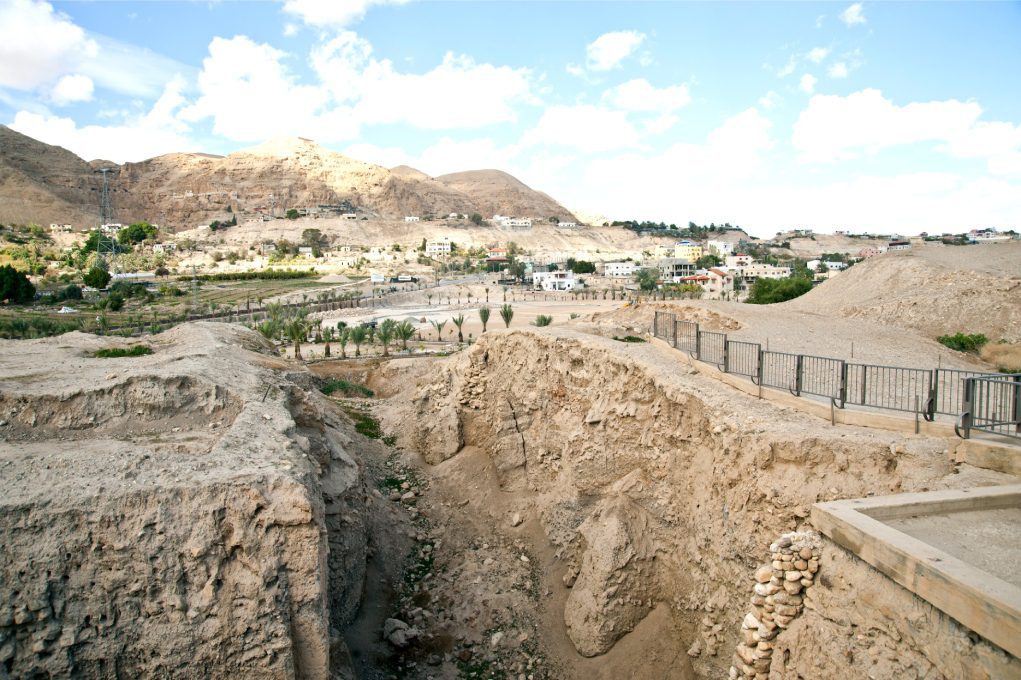
The Outer City Wall:
One of the most notable discoveries of Garstang’s excavations was the outer city wall of Jericho. According to Garstang’s interpretation, this wall showed signs of destruction that he believed correlated with the biblical narrative of the city’s conquest. This led him to conclude that the walls had “fallen flat,” as described in the Book of Joshua.
John Garstang’s Excavations At Jericho – The Collapsed Tower:
Another significant find was a collapsed tower near the outer wall. Garstang believed that this tower’s collapse resulted from a biblical event. He even discovered a hoard of grain that he speculated might have been the city’s stored provisions mentioned in the biblical story.
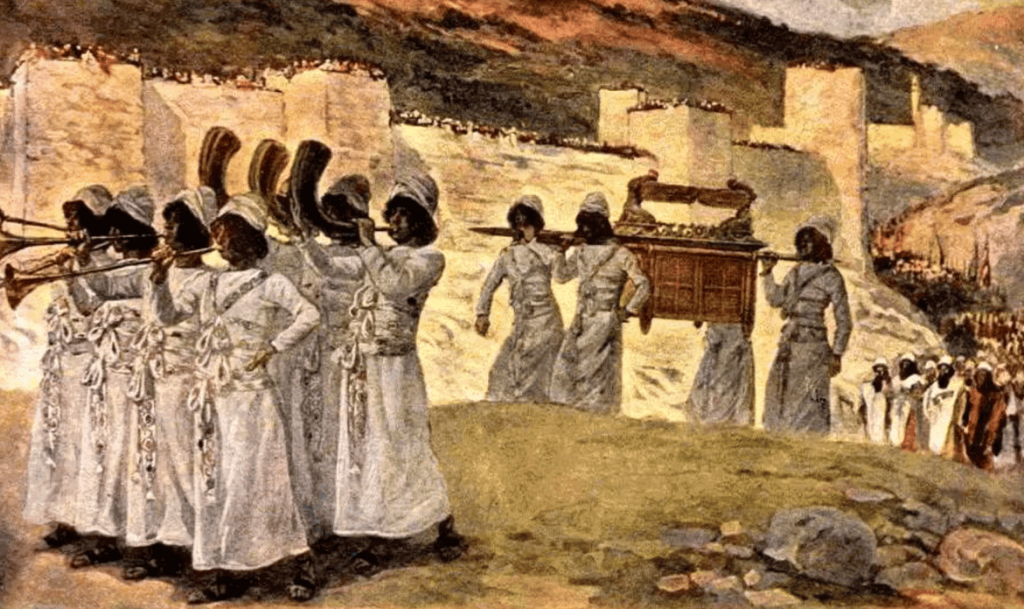
Challenges and Controversies:
Garstang’s conclusions and interpretations faced criticism and skepticism from the archaeological community, particularly concerning the dating of the destruction layers and the association with the biblical narrative. Later archaeological studies and radiocarbon dating cast doubt on the idea that the walls fell in a single event, prompting debates about the accuracy of Garstang’s findings.
Jericho the Ultimate Guide
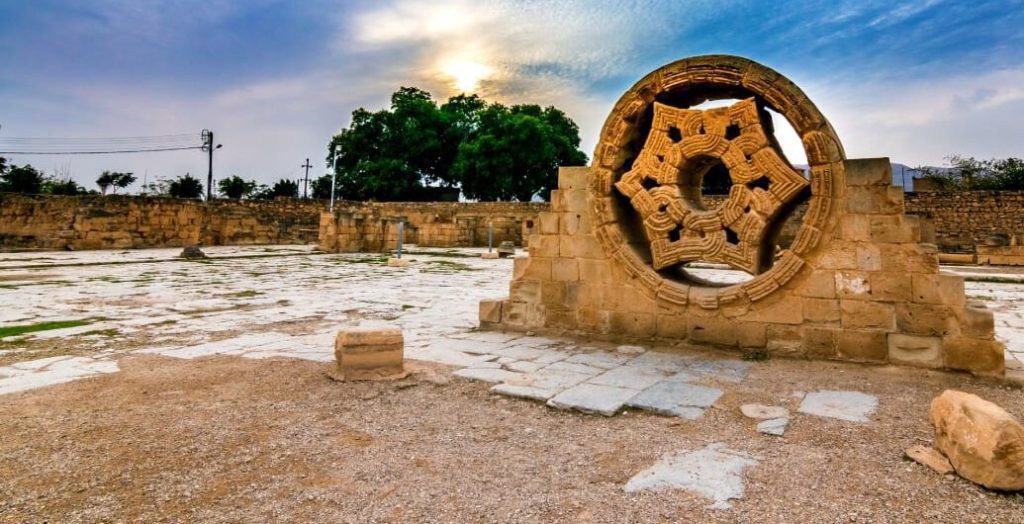
Modern Reevaluation:
While Garstang’s excavations provided valuable information about Jericho’s history, subsequent archaeological methods and analysis have led to a more nuanced understanding of the site’s chronology and the nature of the destruction layers. Modern archaeologists, like Kathleen Kenyon, revisited Jericho and offered alternative explanations for the city’s destruction and the timeline of events.
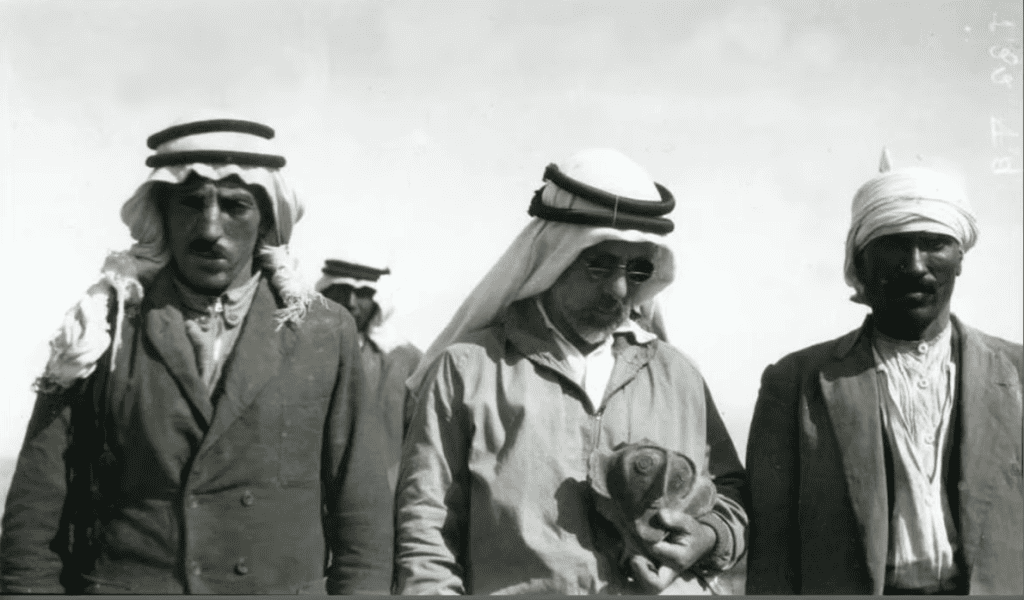
Credit: The Garstang Museum of Archaeology, University of Liverpool.
John Garstang’s Excavations At Jericho – Legacy and Impact:
Despite the controversies, Garstang’s excavations at Jericho significantly sparked public interest in biblical archaeology. The discoveries he made, along with his bold interpretations, ignited discussions about the intersection of archaeology and biblical narratives. While some of his conclusions have been challenged, his work remains a part of the ongoing scholarly discourse surrounding the history of Jericho and its ancient past.
John Garstang’s excavations at Jericho serve as a reminder of the complex interplay between archaeological evidence and historical accounts. They highlight archaeologists’ challenges and responsibilities in interpreting findings in the past and present context.







